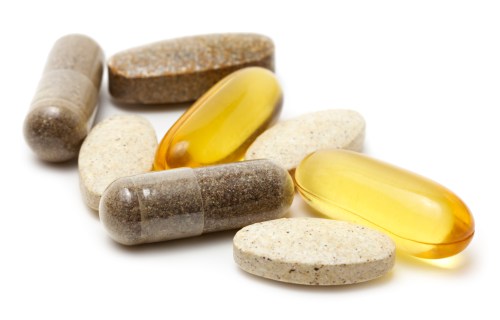Sign Up for Our Daily Newsletter
Get all the latest in wellness, trends, food, fitness, beauty, and more delivered right to your inbox.
Got it, you've been added to our email list.
Try them all before (and after) your next tough workout.
Got it, you've been added to our email list.
Major revelations await you in your weekly horoscope for April 13 to 19, 2025. Well+Good's expert astrologer explains it all.

Are these supplements all they're cracked up to be, or just another pill to swallow?

All that sweat in the bedroom may be taking care of your mind and body in more ways than one.

Experts warn these inflammatory claims against histamines may not be what they seem.

Kink educators share what you should know about this lesser-known type of bondage—and how to try it safely.
